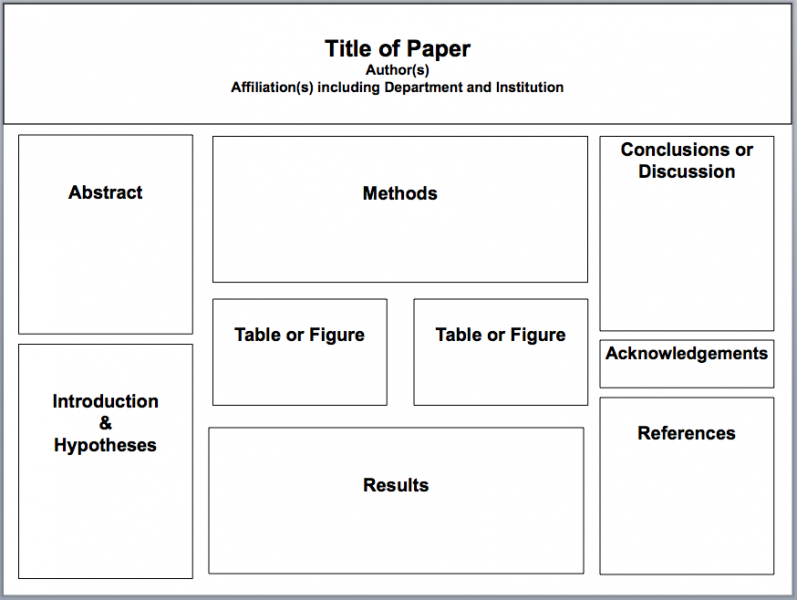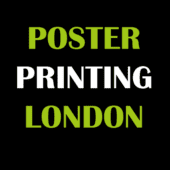
Introduction:
Designing an effective poster is a blend of art and strategy. A well-structured layout can make a poster not only visually appealing but also highly informative. In this guide, we’ll walk you through the process of creating a compelling poster layout, ensuring your message stands out and resonates with your audience.
- Define Your Purpose and Audience:
Before diving into the design process, understand the core message of your poster and who it’s intended for. This knowledge will guide your content choices and design elements.
- Choose the Right Poster Size:
Select a size that suits your intended display space. Common sizes include A1 (23.4 x 33.1 inches) and A2 (16.5 x 23.4 inches). Ensure your chosen size provides enough space to present your information clearly.
- Plan Your Content:
Outline the key information you want to convey. This might include headings, subheadings, text, images, graphs, and charts. Be concise and focus on the most important points.
- Establish a Hierarchy of Information:
Prioritize your content. The most crucial information should be the most prominent. Use headings, subheadings, and formatting to guide the viewer’s eye through the poster.
- Divide the Poster into Sections:
Organize your content into sections or columns. A common layout is a three-column format, with the main content in the center and supplementary information on the sides. This division creates visual clarity.
- Design the Header:
At the top of the poster, place a bold and clear title. Use a font that’s easy to read from a distance. If applicable, include logos or branding elements to establish identity.
- Incorporate Visual Elements:
Integrate images, graphs, charts, and other visuals to support your content. Make sure visuals are high-quality, relevant, and add value to the information you’re presenting.
- Mind the White Space:
Allow for adequate white space around your content. This prevents visual clutter and gives the viewer’s eyes room to rest, enhancing overall readability.
- Balance and Alignment:
Maintain visual equilibrium by ensuring elements are evenly distributed. Align text, images, and other elements to create a polished and professional appearance.
- Review and Refine:
Step back and review your poster from a distance. This perspective will help you identify any areas that need adjustment. Make sure all elements work together harmoniously.
Conclusion: Your Message, Amplified
A well-crafted poster layout is a powerful tool for effective communication. By following these steps, you’ll create a visually striking and information-rich poster that captures attention and leaves a lasting impression on your audience.
